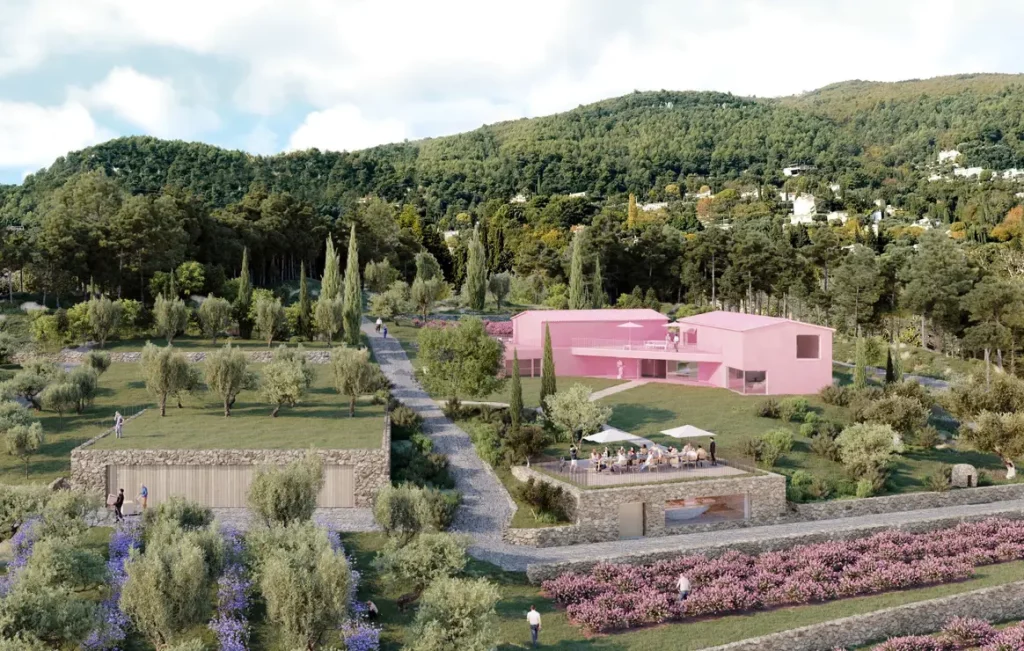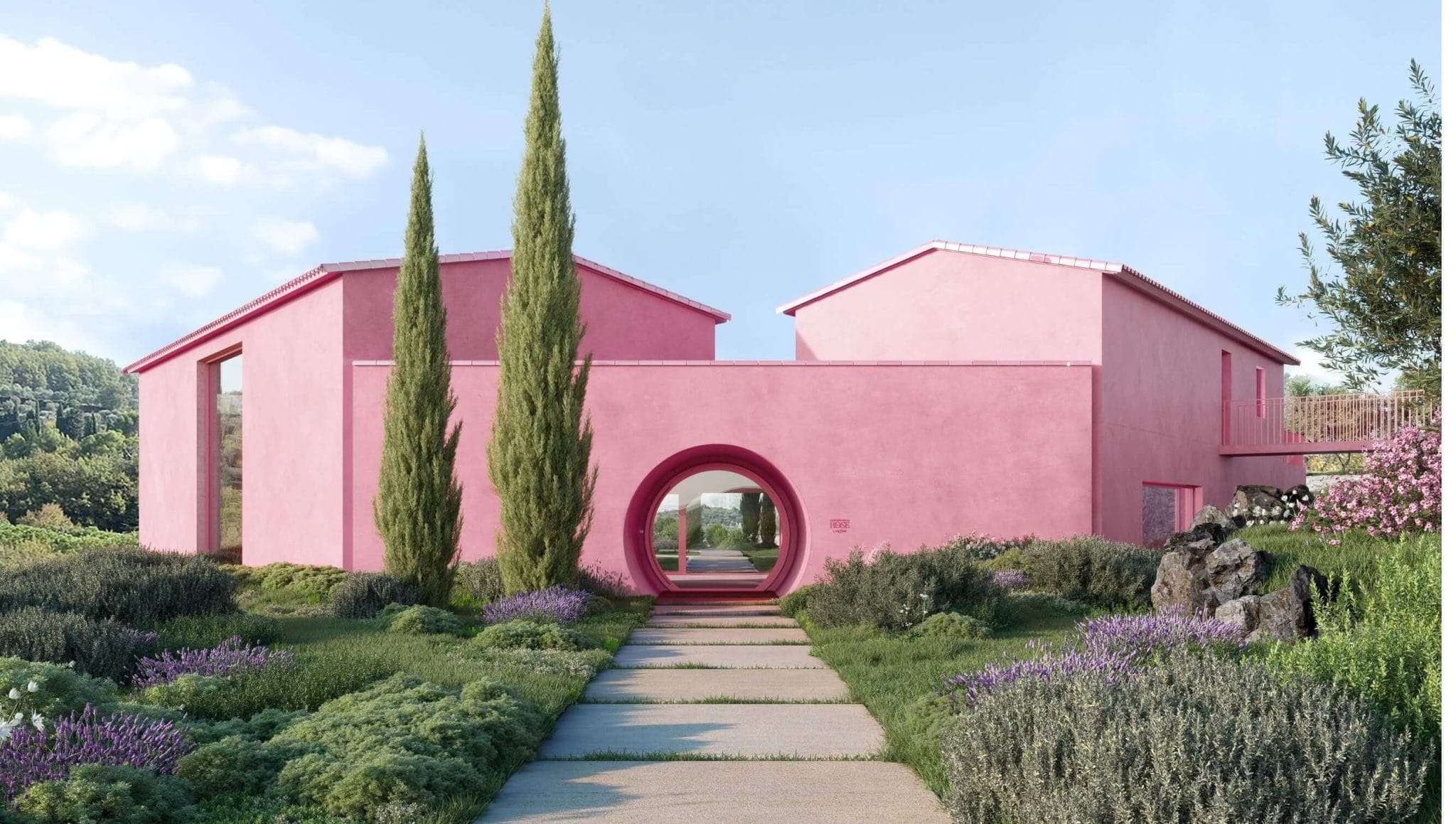Luxury French beauty label Lancôme has been on a sustainability journey in recent years. Its latest endeavor, focuses on its signature ingredient—roses—and melds many projects into one.
In the heart of France’s Grasse region, the perfume capital of the world, lies Le Domaine de la Rose— Lancôme’s new nearly ten-acre sustainable horticultural site dedicated to biodiversity and low-impact production. The project represents an industry first; there, Lancôme is the owner, producer, and protector of an entire horticultural site, producing organic roses and other perfume plants for use in its skincare and perfumes.
“The rose has always been important to Lancôme,” Françoise Lehmann, General Director of Lancôme International, said in a statement. Currently, 99 percent of the roses used in Lancôme’s products are certified organic. It says it will reach 100 percent by 2025, with 60 percent coming from France.
It’s also expecting that all of its raw materials will be from recycled on sustainably sources by 2030, and at least 70 percent of ingredients will come from renewable sources by 2025. By 2030, 100 percent of major raw materials will be sourced both sustainably and socially responsibly, the company said last year.
The move builds on Lancôme’s sustainability commitments, much like those of its parent company, L’Oréal, which says 95 percent of its ingredients will come from renewable resources by 2030.
Lehmann says the brand, which is already established in the region, particularly through a rose field in Valensole, “will continue growing its own proprietary roses as part of its responsible, traceable sourcing approach.”
Lancôme says its aspiration was to restore the estate “with respect for its agricultural vocation and the equilibrium of biodiversity, while integrating modern and sustainable renovation techniques,” explains Lehmann. “In an effort to pass along its expertise, Lancôme also intends on sharing the traditional savoir-faire of the Rose with both internal and external audiences through the acquisition of this property.”
Le Domaine de la Rose
The property has a rich history in the region, farmed for more than five centuries. Le Domaine de la Rose‘s previous owners were considered pioneers in organic rose and other perfume plants for half-a-century.
Lancôme fully intends to follow in those footsteps, embracing agroforestry methods and protecting the estates agricultural and architectural heritage, which includes dry stone walls, built to support fields grown along terraces and prevent landslides of cultivated hillsides.
Approximately 163 species of plants and trees can be found on the estate, serving as home to 33 bird species, 31 species of butterflies, 12 bat species, and eight dragonfly species, among others. Lancôme says an inventory of the biodiversity is conducted to develop the database of the Biodiversity Atlas of Grasse, and serves as an integral part of the objectives of the Grasse Ecological Transition Contract.
Lancôme says it’s taking care to limit its impact on biodiversity, “since the decline in biodiversity is a phenomenon adversely affecting the preservation of the earth’s ecosystems and their resilience to physical changes.”
The site features a rainwater irrigation system, water capture and reuse systems, as well as renewable energy sources, including a geothermal heat pump that powers its air conditioning.
Le Domaine de la Rose also included an ambitious restoration project for the main house, earning it the BDM (Bâtiment Durable Méditerranéen or Sustainable Mediterranean Building) Gold certification. The restoration employs local, recycled, and biosourced materials, which Lancôme says reflects its values and draws on the “essence” of its origins as a perfume house.
The walls of the house have been renovated using lavender straw and wood fiber and coated in a rose pink lime plaster, which not only reflects the brand image, but is prominently one of the region’s local colors naturally present in plants and flowers and regularly appearing on structures.

Lancôme worked with architects Lucie Niney and Thibault Marca from the NeM agency on the build, using a bioclimatic design, aimed at blending in with the natural landscape.
“What makes this estate special is a combination of various types of agronomical expertise that are applied to innovate and to develop the cultivation of perfume plants using sustainable, traceable, organic methods,” the company says.
Flowers from Le Domaine de la Rose will make their way into the company’s newest fragrance, La Vie Est Belle Domaine de la Rose and the fragrance Maison Lancôme 1001 Roses in new bottles available in June.


